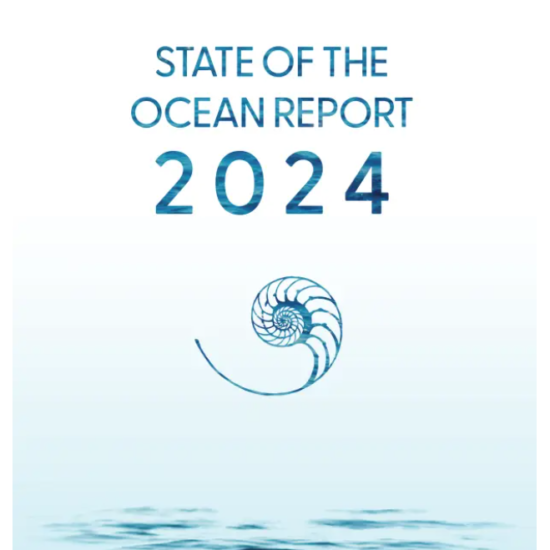
ACCORDING TO SOME ESTIMATES, GLOBAL BYCATCH MAY AMOUNT TO 40 PERCENT OF THE WORLD’S CATCH, TOTALING 63 BILLION POUNDS PER YEAR
According to some estimates, global bycatch may amount to 40 percent of the world’s catch, totaling 63 billion pounds per year. In the United States, despite strong management measures and conservation initiatives in some regions, bycatch remains a persistent problem for far too many fisheries. Some fisheries discard more fish at sea than what they bring to port, in addition to injuring and killing thousands of whales, dolphins, seals, sea turtles and sharks each year. While bycatch data is often outdated and inaccurate, researchers estimate that 17-22 percent of U.S. catch is discarded every year, according to the best available data. Bycatch in the U.S. could amount to 2 billion pounds every year, equivalent to the entire annual catch of many other fishing nations around the world. One of the biggest concerns about bycatch is that the severity of the problem in many regions and fisheries still remains unknown. The National Marine Fisheries Service rarely reports comprehensive bycatch data and in fact has not published a nationwide estimate using data more recent than 2005—and has no intention of updating its estimates until 2017. In short, bycatch harms ocean wildlife, wastes important food resources and undercuts the economic success of our nation’s fisheries.
In this report, we have identified nine of the worst bycatch fisheries in the U.S.—fisheries that discard large amounts of fish or harm marine wildlife at a high rate. Several of these fisheries discard more fish than they keep, or discard large amounts of the very species they are aiming to catch. Solutions to the bycatch problem already exist and must be applied nationwide. In order to stop harmful bycatch and wasteful discarding, fisheries managers and fishermen must employ adequate monitoring, count everything that is caught, establish science-based bycatch limits, and use innovative measures to control the problem.
Ocean, 2014





